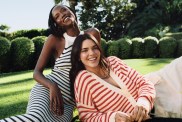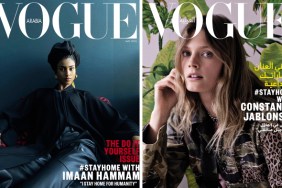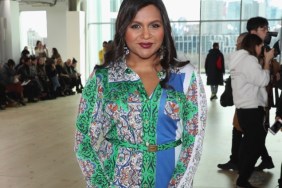Dale Noelle: I am a life-long entrepreneur and my love of the fashion industry began during my childhood while spending time at my father’s clothing factories. I learned to create and tailor my own designs as well as work among teams. In college, I started a promotional marketing and T-shirt company. After obtaining degrees in business and marketing, I worked as a clothing production manager, sales representative, designer and was an owner of a clothing company license before finding my calling as a fitting model.
True was founded for the purpose of representing myself as a model with one manager solely focused on maintaining my career. At the time, I had no intention of representing other professional models. True repeatedly received requests for various types of models, but for several years, I continued to refer all assignments to friends and did not get involved in their businesses. When requests for models increased substantially and I was unexpectedly faced with health issues that forced me to stop modeling, I decided it was time to expand and welcome other models. True is the product of my passion for connecting people and was a natural progression in my career path. Our corporate structure has changed and grown exponentially since its inception, however, we still maintain a family-like environment as we’ve grown to represent some of the best talent in the industry with major clients, such as Victoria’s Secret, Calvin Klein, Ralph Lauren, Tommy Hilfiger, Gap and many more.
tFS: Can you explain exactly what a fitting model is used for?
DN: A production fitting model (also called “fit model”) works with fashion designers and/or clothing manufacturers to check the fit, drape and visual appearance of clothing that will be sold to consumers. Fit models are required to have and maintain specific body measurements and stand for long periods of time in one position. Although they are sometimes considered “live mannequins,” a fit model must professionally and effectively provide objective feedback on the “fit” to confirm that the feel, sizing, design and shape of garments meet the designers’ standards.
tFS: How do you connect your models with your various clients — is it all based on size?
DN: We match models with clients based on clients’ requests, models’ experience and knowledge, body measurements and shapes, personalities, physical attributes, demographics, geography and availability.
tFS: Given your background in health counseling, what do you make of the extreme standards models are held to?
DN: I do not believe in extreme standards for anyone. We guide models to achieve and maintain a healthy lifestyle and physique that they can happily maintain long-term with minimal fluctuation.
tFS: Do you find that the way you treat your models is different from other agencies?
DN: I do not know exactly how other models are treated, but we genuinely care about our models and their well-being. We work with models to enhance their inner and outer natural beauty and do not force them to fit particular criteria. We are professional, treat models with respect and strive to give positive criticism and supportive encouragement while assisting them to achieve their dreams.
tFS: How do you work with your models to meet their nutritional and fitness goals?
DN: For models who request advice, I suggest healthy recipes and occasional supplements, fitness tips and specific exercises. We pair models with professional trainers and workout programs for ongoing maintenance and refer holistic health counselors and/or medical doctors as needed.
tFS: What do you think are the biggest misconceptions about the modeling industry?
DN: That models are superficial and all are super thin. In reality, many models have great depth, are well-educated, philanthropic, healthy and athletic.
tFS: How many of the models you represent can make a full-time living from modeling?
DN: At the moment, approximately half of our models fully support themselves modeling and the numbers are consistently increasing.
tFS: What do you think is important for women who are looking to get into modeling to remember?
DN: Be professional, optimistic, realistic, confident, strong and resilient.








